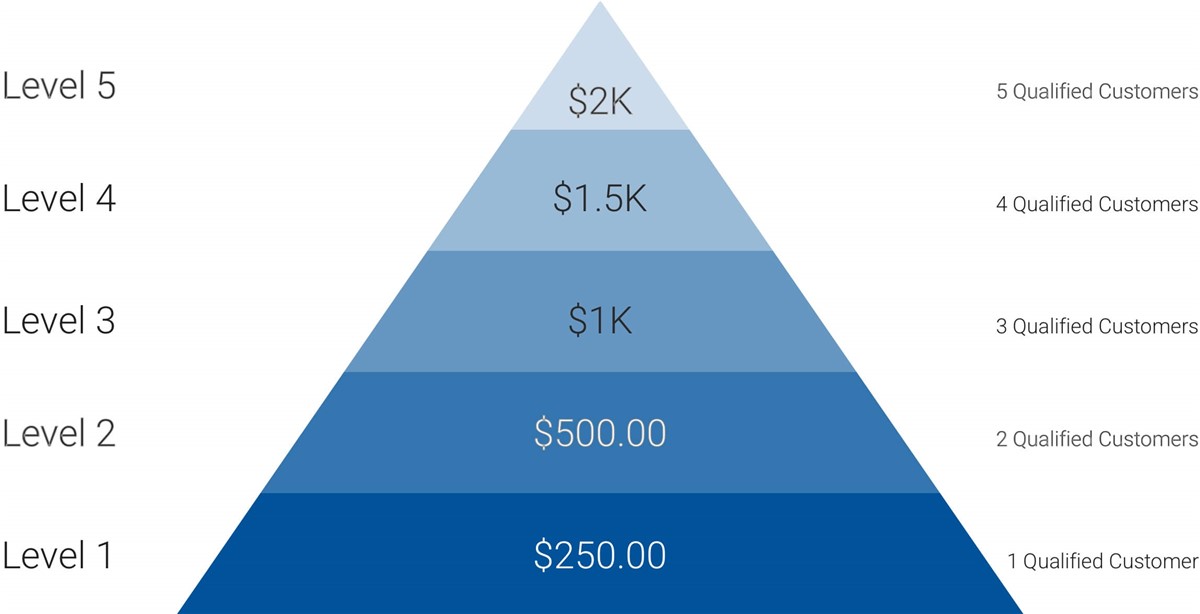After the Storm: How to File a Property Damage Claim, Step by Step
1. Contact an expert. Reach out to one of our trained storm restoration pros to schedule a fast, free consultation.
2. Get a detailed inspection of your entire property, including roofing, siding, windows, doors, gutters, decks, fencing and more.
3. Determine your loss. Meet with your Exterior Advisor for expert assistance when filing your homeowners insurance claim.
4. Meet with the adjuster at your property. We’ll be there, working with the adjuster to verify that no damage is overlooked and that the assessment is fair.
5. Receive the Scope of Loss documentation and review it with your representative who will help evaluate your claim benefits.
6. Get claim advocacy at no cost. If there are discrepancies, we will help submit a supplemental claim and negotiate on your behalf so you receive a fair settlement.
7. Complete the work order and start your project. An expert at Exterior Improvements will manage your project from start to finish.
8. File for your recoverable depreciation check with your insurance company. Collect the final payment once all work is complete.
In the aftermath of a powerful storm, the immediate instinct might be to assess personal safety and secure the immediate surroundings. However, filing a property damage claim promptly is equally crucial. Swiftly reporting damages to your insurance company can streamline the claims process, ensuring that you receive the necessary financial assistance to repair and rebuild. Waiting too long to file a claim may lead to complications, as evidence of the storm's impact could fade, making it harder to establish a clear connection between the weather event and the property damage. By promptly documenting and reporting damages, homeowners not only expedite the recovery process but also increase the likelihood of a smoother claims experience, facilitating a quicker return to normalcy.
Moreover, filing a property damage claim immediately is essential for community resilience. Insurance companies rely on accurate and timely data to assess the overall impact of a storm on a region, allowing them to allocate resources efficiently. This collective response helps communities recover faster and minimizes the long-term economic impact of the disaster. By promptly reporting property damage, individuals contribute to a more comprehensive understanding of the storm's aftermath, enabling both local governments and insurance agencies to coordinate relief efforts effectively and allocate resources where they are needed most. In essence, swift action in filing property damage claims becomes not only a personal responsibility but a community-driven effort toward a faster and more effective recovery after a storm.
Subscribe to Exterior Improvements's Blog





Comments